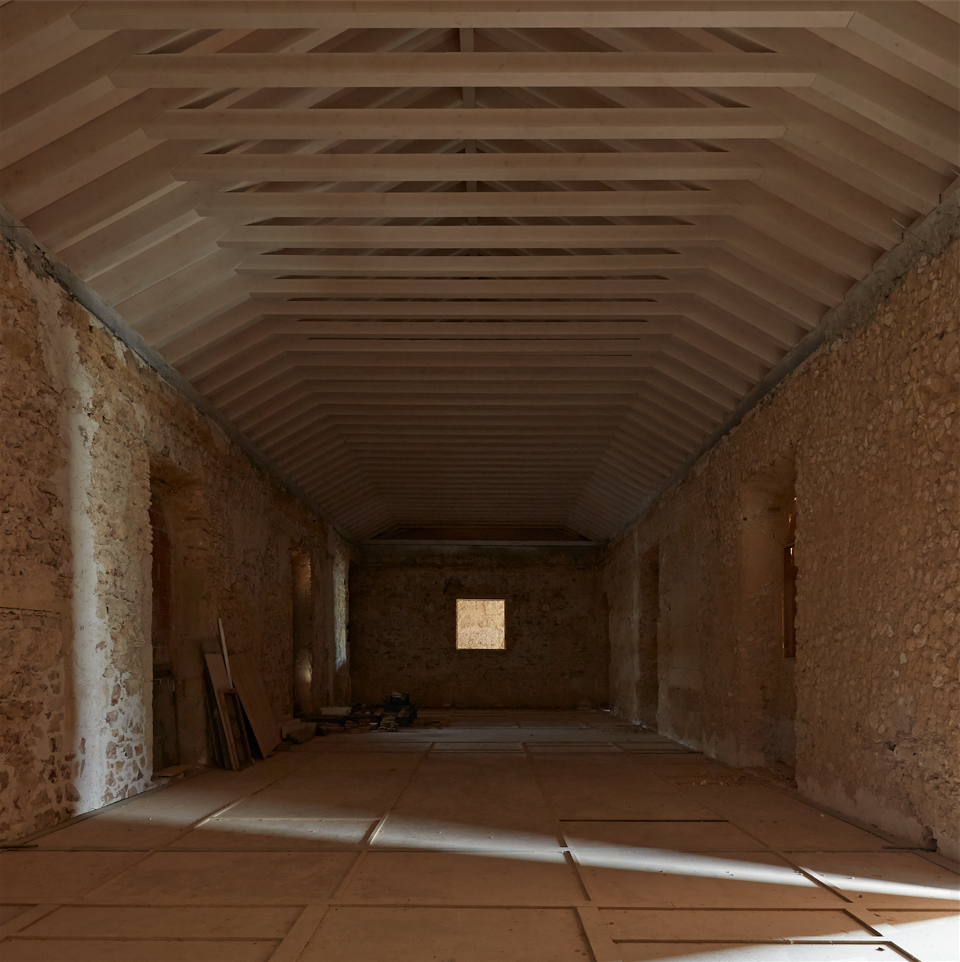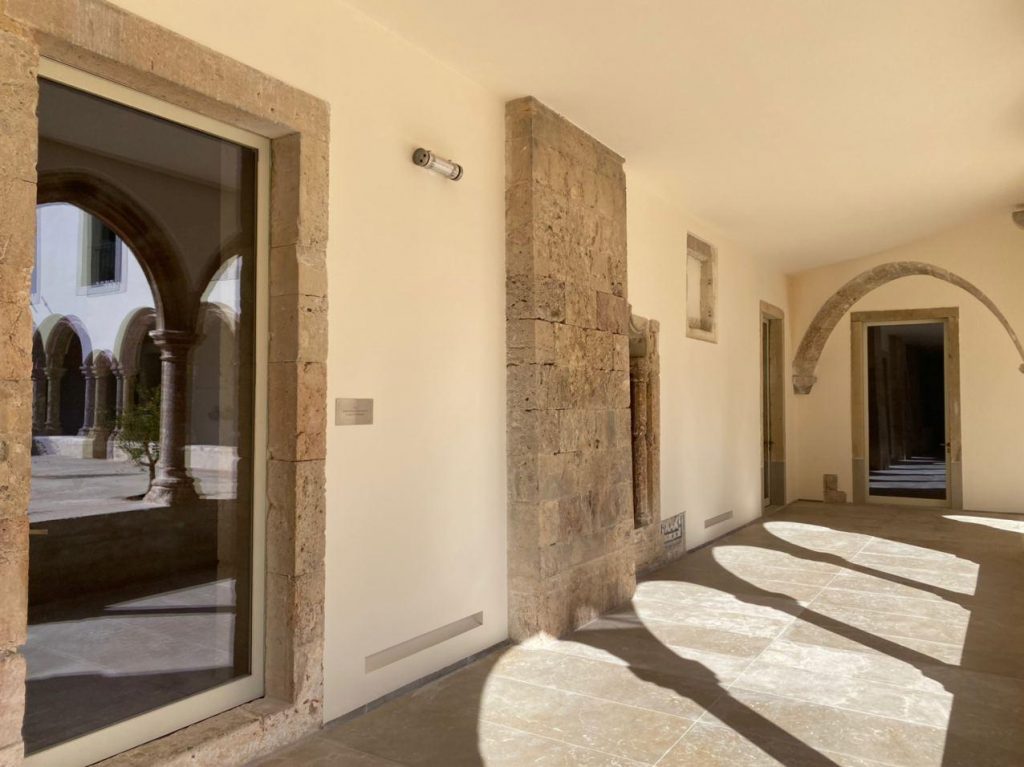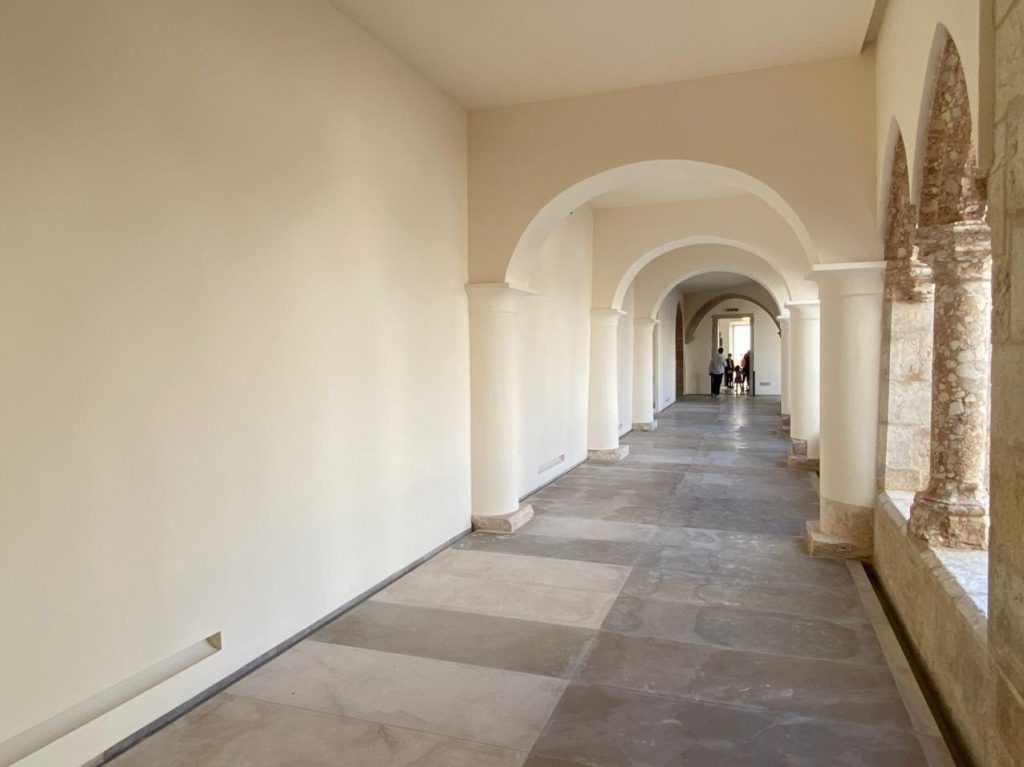
The precursor of the "Manueline style", emblem of Portuguese Gothic
The Monastery of Jesus of Setúbal was the first monument in the Manueline style, or the Portuguese version of the Gothic. Designed by the architect Diogo Boitaca, it served as a model for the subsequent Mosteiro dos Jeronimos in Lisbon, which follows its style, shapes and structure. The cloister, adjacent to the beautiful church, completed its function as a monastery, housed a hospital for the sick of the city, before falling into an inexorable state of abandonment until 2013.
The convent, restored to its former glory thanks to Diasen solutions, now houses an international museum. The Monastery of Jesus, in addition to being declared a World Heritage Site by UNESCO, was inspected by the “European Association for the Recovery of Historic Houses” which recognized the respect for the peculiarities of the structure and the high aesthetic and functional quality of the redevelopment.
The technical pillars of the intervention
Diathonite Deumix+ (the transpiring ecological mortar of the Diathonite line) was the solution approved by the Municipality of Setúbal to recover the walls damaged by decades of neglect, with enormous problems of rising damp and saline efflorescence. The transformation of the work into a museum of national interest required the use of a material that would allow it not to weigh down the structure and to dispose of capillary moisture.
In addition, the composition of the mortar meant that the walls remained warm despite the continuous contact with humidity, a fundamental condition for preserving the works of art housed in the current museum. In addition to the plaster Diathonite Deumix + , also other Diasen solutions: Limepaint and BKK Eco . The lime-based paint Limepaint gave the walls the original aesthetic effect while the transparent water repellent BKK Eco – applied as a final protective layer – ensured that the color of the substrate was not altered.
Thermal conductivity
λ: 0.080
Thanks to the right mix of carefully selected natural raw materials, the product achieves very high thermal insulation performance.
Breathability
μ: 4
Walls free to breathe. Thanks to the high permeability, the humidity of the interior is perfectly balanced, thus avoiding the formation of mold and condensation.
Density
ρ = 440 kg/m³
Macroporous structure with high air content guarantee excellent performance in terms of insulation and absorption of excess moisture.
Used products
Diathonite Deumix +
Spray cork-based thermal insulation mortar for indoor and outdoor applications, suitable for dehumidification. Composed of natural raw materials, the product is designed for historical restoration and green building.
Limepaint
Liquid water based paint, highly covering and breathable, made of lime, to use as finish for walls and ceilings. It is the ideal solution to finish Diathonite plaster because thanks to its high breathability it contributes to the hygrometric balance of premises, avoiding any risk of mould and contributing to indoor comfort.
BKK Eco
Colourless water repellent coating, water based, natural and ecological, suitable to protect absorbent surfaces such as bricks, stoned, cement, etc… from wind driven rain infiltration. It does not alter the colour of the masonry, it protects from ice, it blocks damp, it allows the evaporation of water and it can be used also on slightly wet materials.































